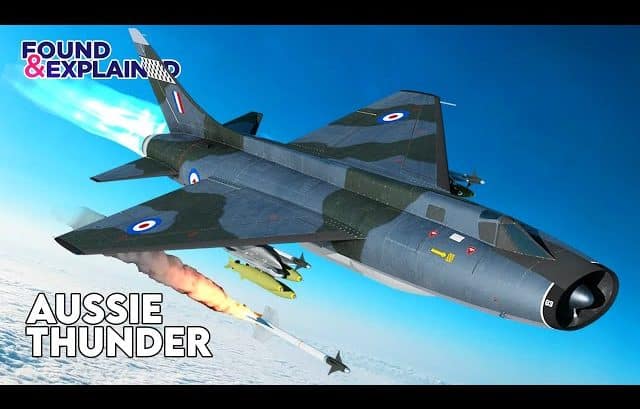The year is 1955, and the fastest fighter jet in the world would have been Australian.
This delta wing fuel-burning plane can see in the dark using advanced radar, fly at Mach 1.5 for an extensive range and blow anything in the sky with its full machine guns. However, this reality would never happen- Australia’s most ambitious aerospace project would never come to fruition. But why?
New Next-Gen Aircraft
At that time, the Australian government needed a new fighter jet and decided to build a next-generation aircraft themselves. Requirements were simple- it needed to be a two-seater, have a radar, can fly all sorts of weather, and fly faster than Mach 1 with twin engines.
It should also have a broad range being able to fly between Australian cities at a moment’s notice.
Cutting Edge Design
The final design was so cutting edge that it placed the Aussies on the map. Called the CA-23, this new all-weather jet would be a delta-wing aircraft. It had a fuselage that significantly increased speed and maneuverability.
It would also have a low set tail and an extensive range to defend much of the Australian coastline.
Whale Shark Jet Intake
Thanks to the plane’s twin jet engines- specifically the Rolls-Royce Avon turbojet engines, this fighter was thirsty for oxygen providing a combined thrust of 6,500 pounds, and also getting the jet to a conceivable Mach 1.5 at 47 and a half thousand feet.
This was totally unheard of as a fighter jet at that time.
Where It All Started to Unravel
Unfortunately, the plane became a victim of its own success. In 1951, a British mission to Australia called the Aircraft Development Mission of Design and Cooperation, restructured how the Air Force and this new fighter would be managed.
On January 1952, Australia’s Air Force would be essentially led from London under British officer Sir Hames Donald Hardman. He became the chief of the air staff of the Royal Australian Air Force. He didn’t really think highly of his colonial counterparts.
Hardman deemed that the aircraft design costs were too prohibitive, and went on that advanced aeronautical research and design work should be centralized and resources be pooled in Britain. The UK Department of Supply then produced a series of negative reports of the CA-23, mostly from false assumptions and comparisons to homegrown British planes.
Taking Turns for the Worst
The project was then subsequently canceled, and it all went downhill from there. It’s also believed that Soviet spies managed to get hold of the design and submit them back to the USSR. Then, engineers started their own version of the delta aircraft, producing a shockingly similar Su-7.
The British would also use the data to create their own advanced jet fighters such as the English Electric Lightning.
These planes were awfully similar to the CA-23, particularly in two features. These were the highly swept thin wing and the mounting of the tailplane at the bottom of the rear fuselage. Still, the Australian aviation industry survived and would go on to work on innovative projects.



